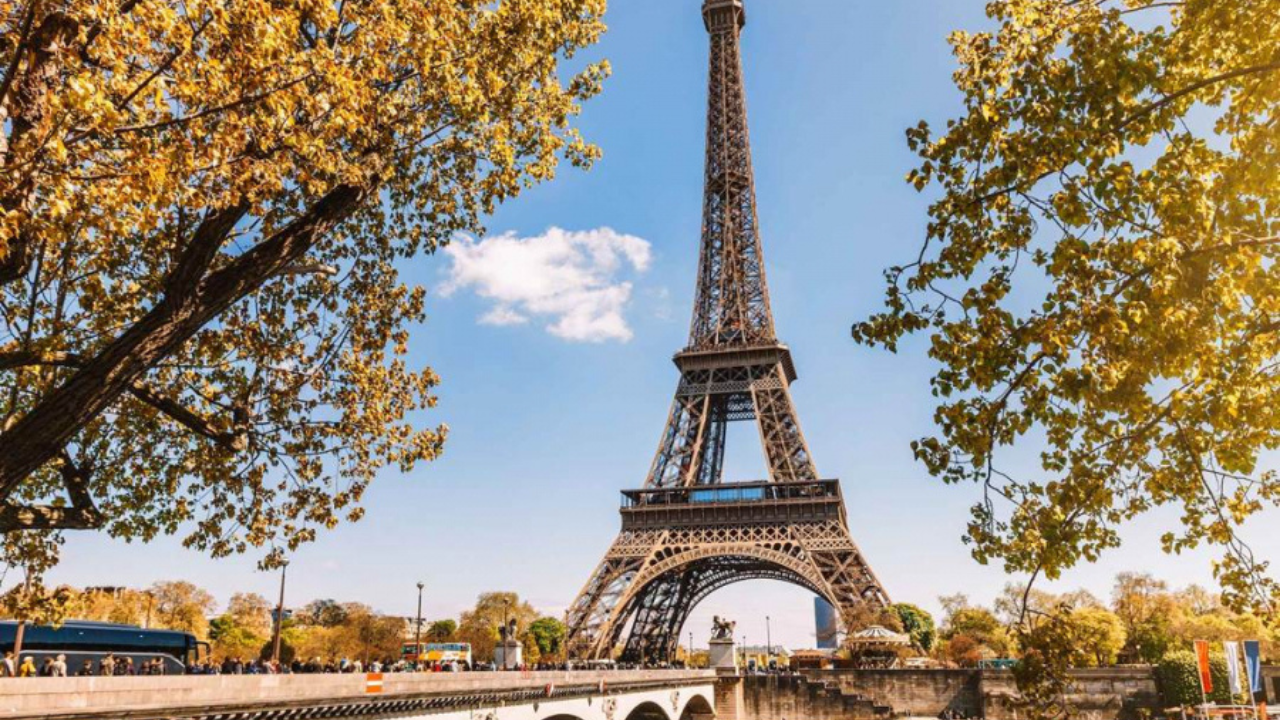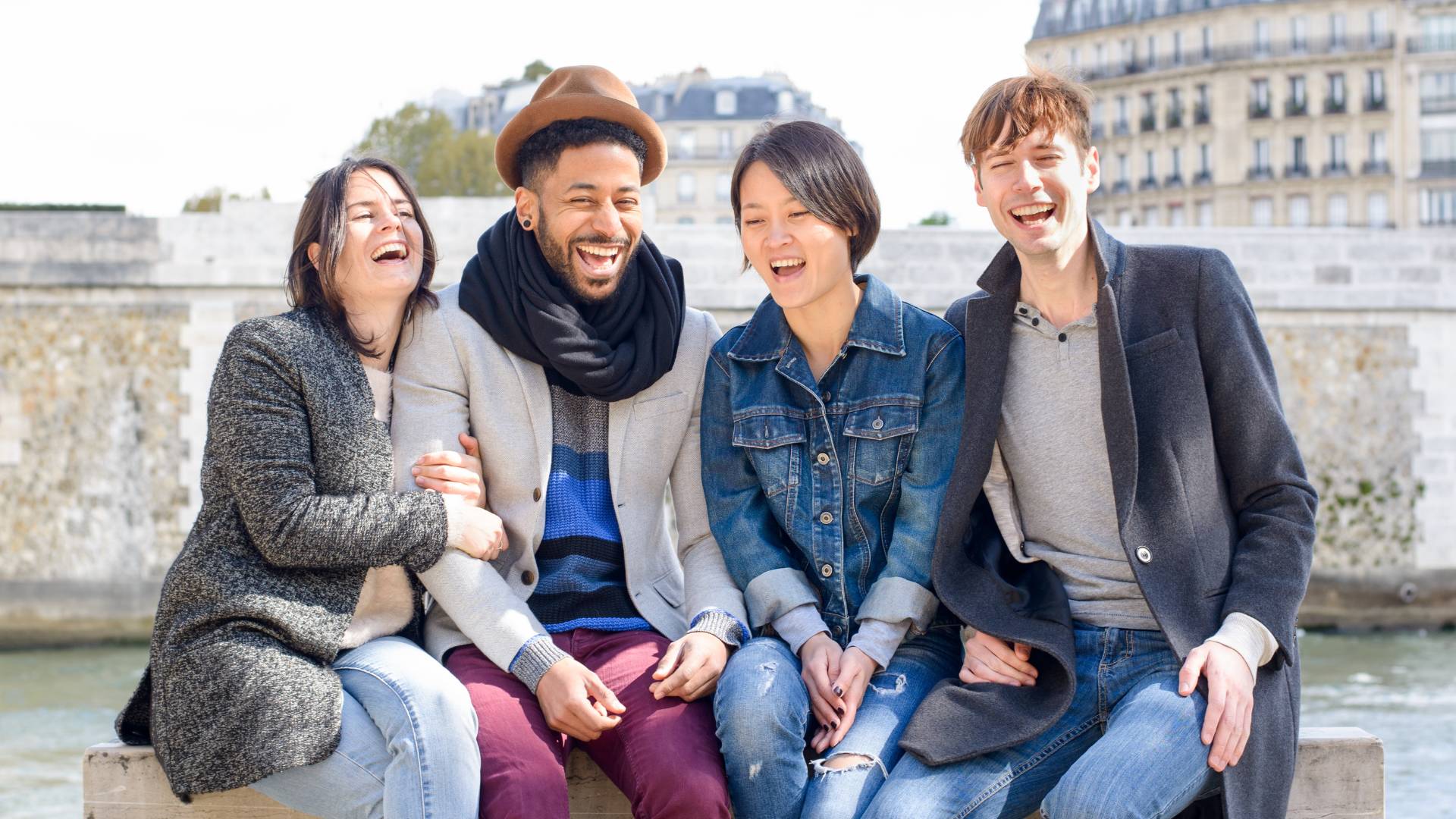Documents recording the construction of the Saint-Savin-sur-Gartempe monastery were destroyed during the French War of Religion in 1598, so it is impossible to determine the exact date of its construction. institute. According to folk tales, in the 5th century, two brothers Savin and Cyprien, due to their Catholicism, were forced to flee Macedonia to settle on the banks of the Gartempe River. After being exiled and executed for being religious, Savin was buried by monks right in this area. 300 years later, the remains of these two martyrs were found at the site of their massacre and Badillus, a priest at Charlemagne's court, decided to establish a monastic church to preserve the finds. In 1010, Aumode, countess of Poitou and Aquitaine, donated a large sum of money to the monastery, allowing the monks to build the current monastery church. The construction and decoration of the church was carried out between 1040 and 1090 under the direction of the parish priests Odon and Gervais.

In the 13th century, Count Alphonse de Poitiers, King Saint-Louis' younger brother, provided money to build the monastery. During the Wars of Religion, the Huguenots twice destroyed the abbey, in 1562 and 1568. Later when secular abbots came to power at Saint-Savin-sur-Gartempe, the abbey continued severely damaged, many buildings including monasteries built around the 12th century were completely destroyed.
From 1640 to 1692, the process of restoring the new Saint-Savin-sur-Gartempe monastery began, many new buildings were built and the monastery returned to its old function. However, when the French Revolution broke out, the buildings of Saint-Savin-sur-Gartempe were requisitioned for housing, a police station and a theater. In 1792, the monastery's church was converted into a parish church and the last four monks of Saint-Savin-sur-Gartempe left the monastery.

In 1833, after the visit of prefect Alexis de Jussieu, the second restoration of the monastery began. In 1840, the monastery's church was classified and restoration began. In 1983, the abbey church of Saint-Savin-sur-Gartempe was classified by UNESCO as a World Heritage Site.
The architecture of the monastery of Saint-Savin-sur-Gartempe represents the ninth phase of Roman architecture. The monastery's church was built in the shape of a Latin cross, following the specifications of a Roman church. The cross is turned to the East to point towards the Holy City of Jerusalem. The church is 76 meters long, 77 meters wide and 31 meters high. Inside the church there are famous murals dating back to the 12th century with many colors, the main colors being red, yellow brown and green mixed in black and white.

The main hall (nef) of the monastery is 42 meters long, 17 meters wide and 17 meters high, highlighted by two rows of 15 meter high columns. The dome of the monastery is decorated with paintings in which figures about 2 meters in size depict Biblical stories.






